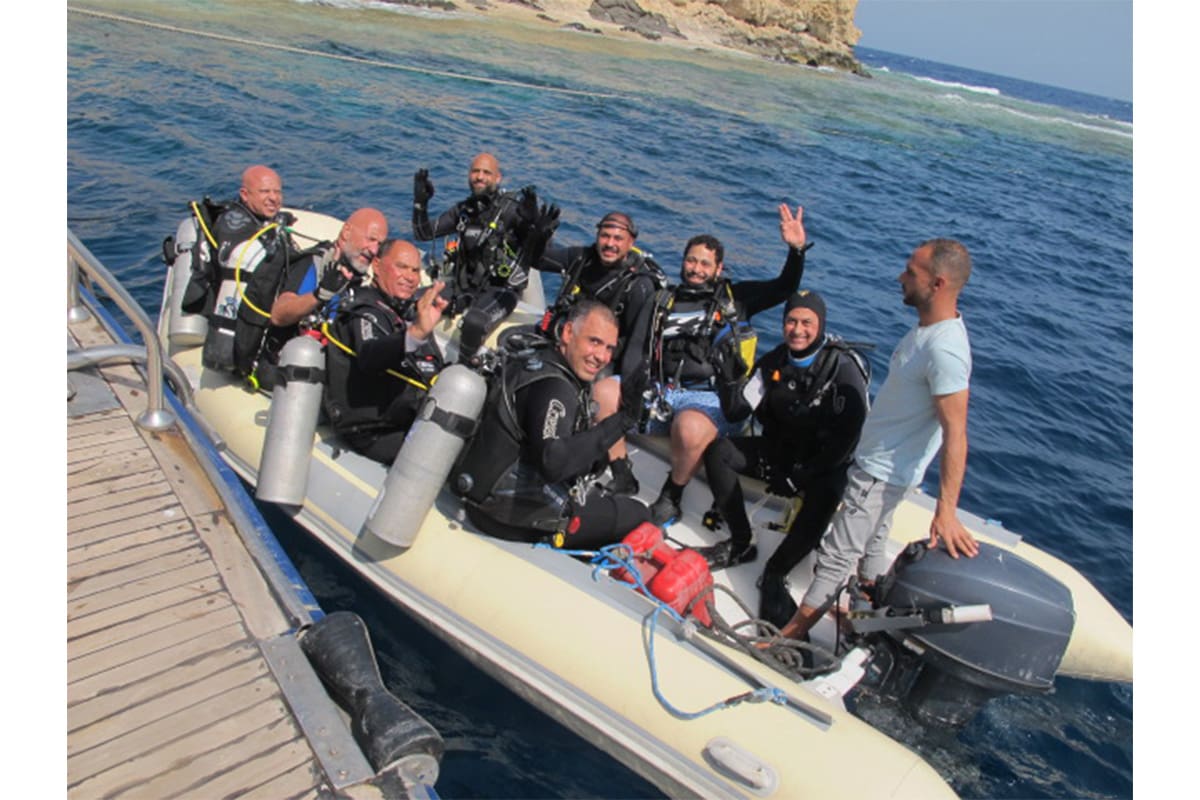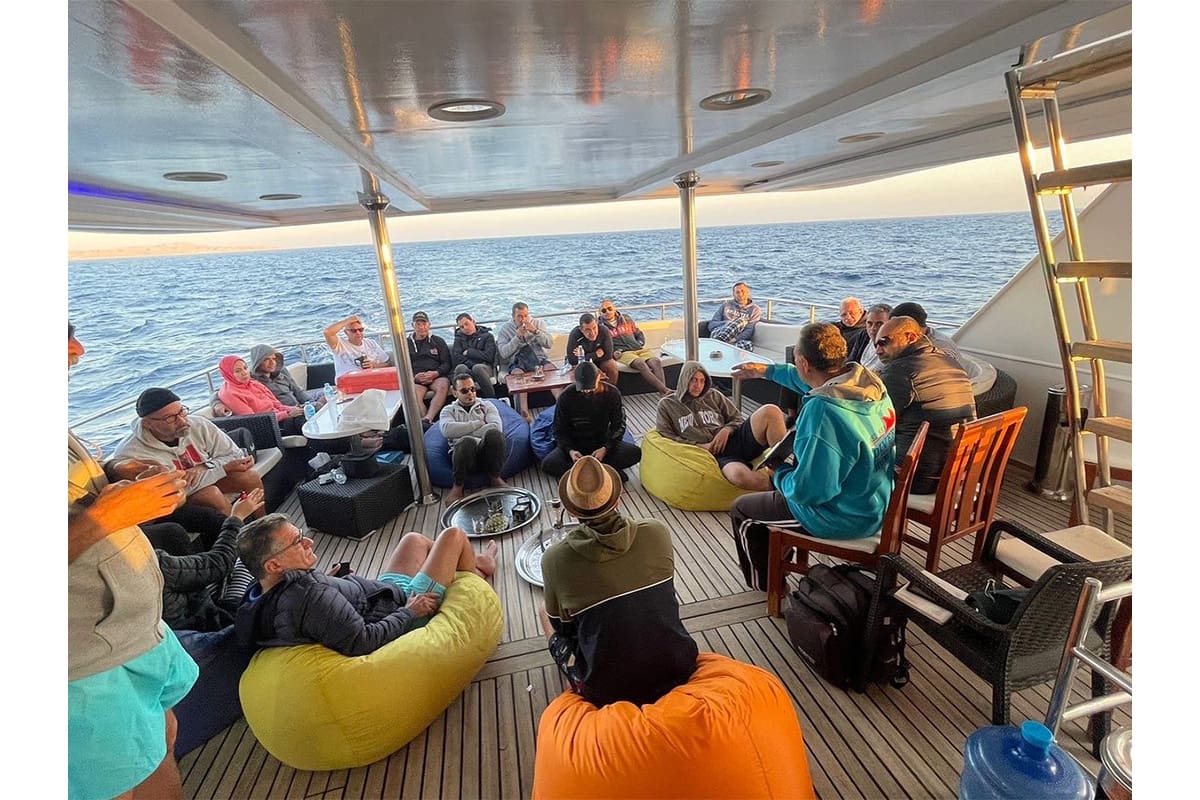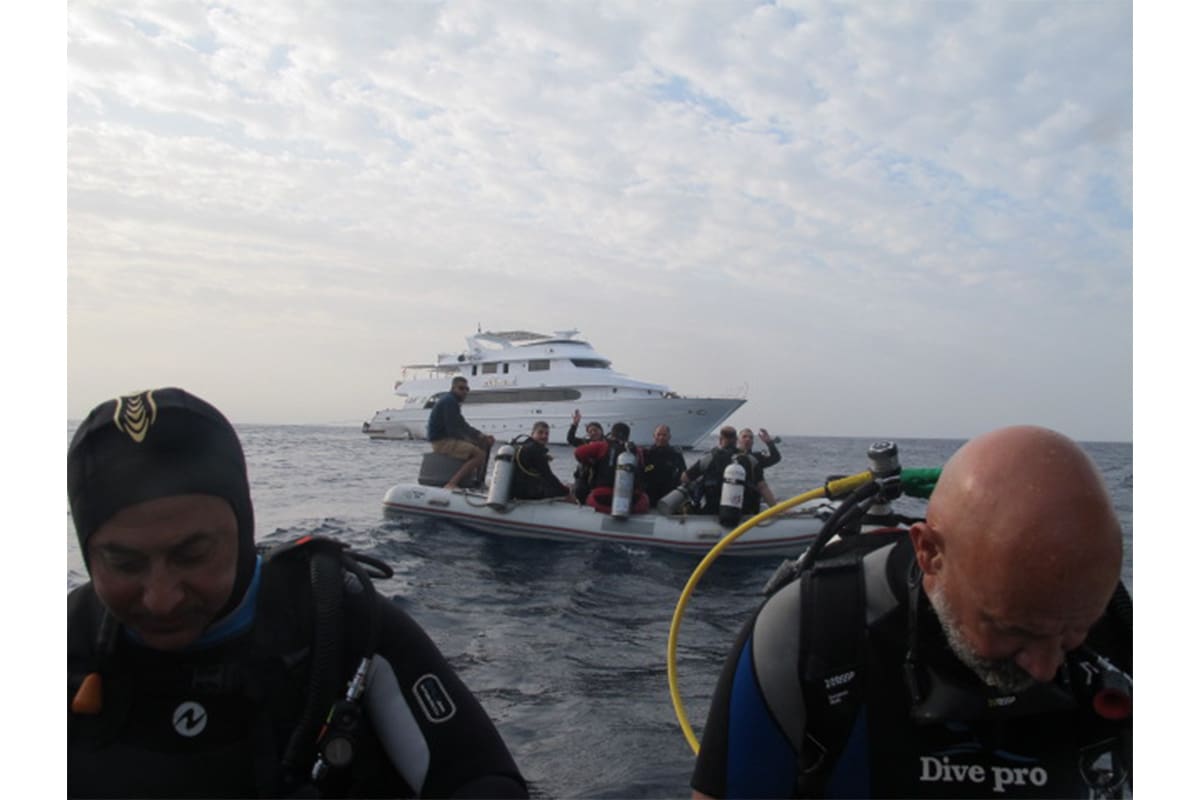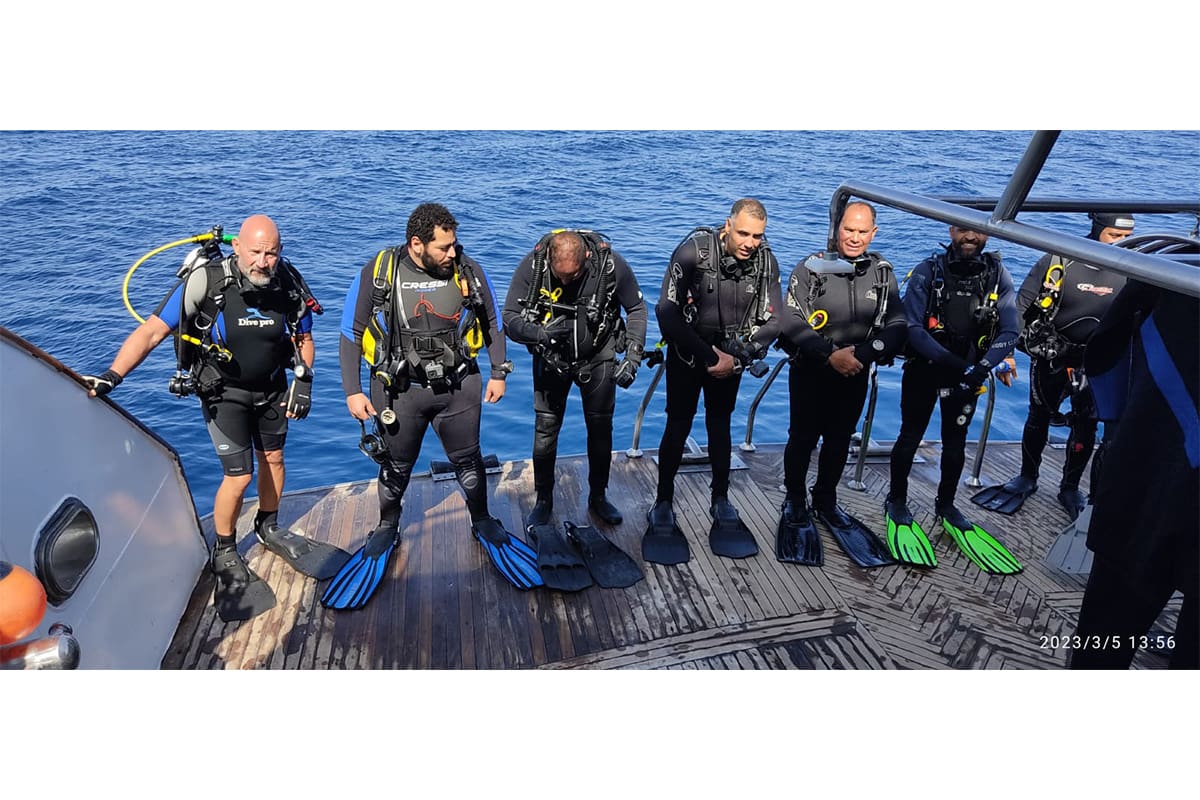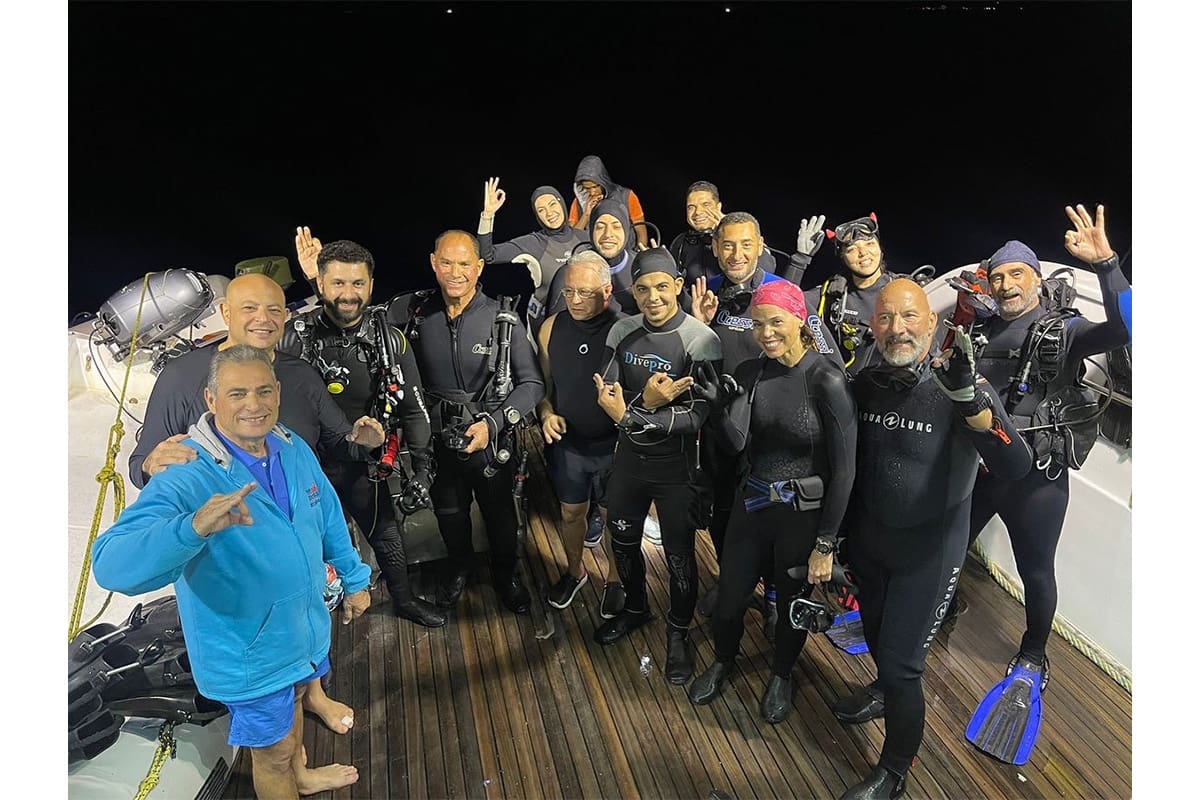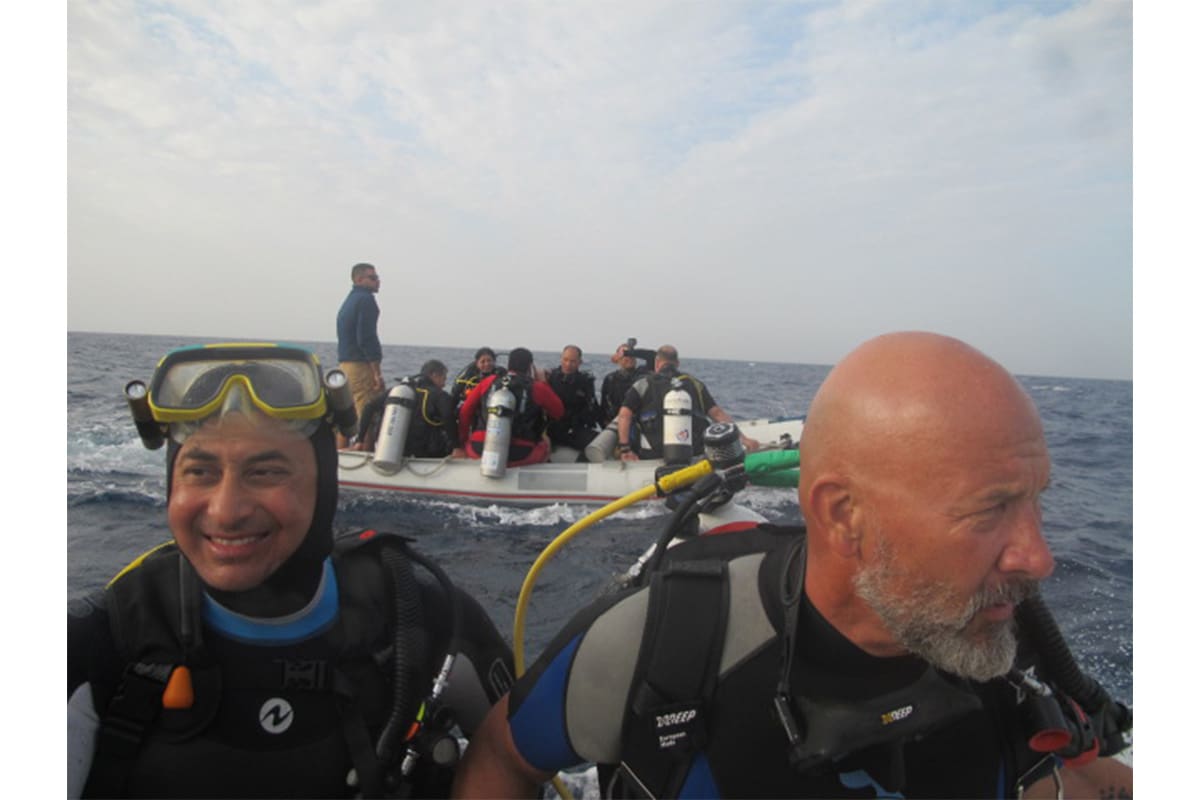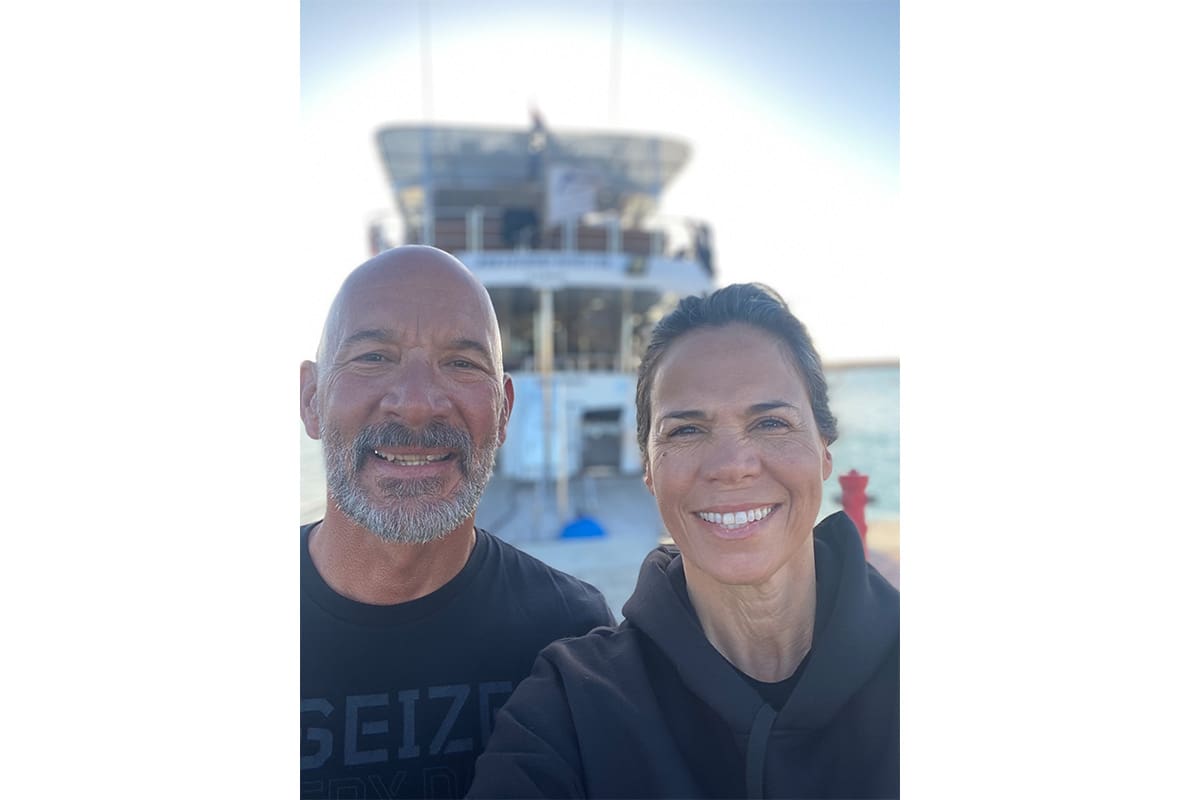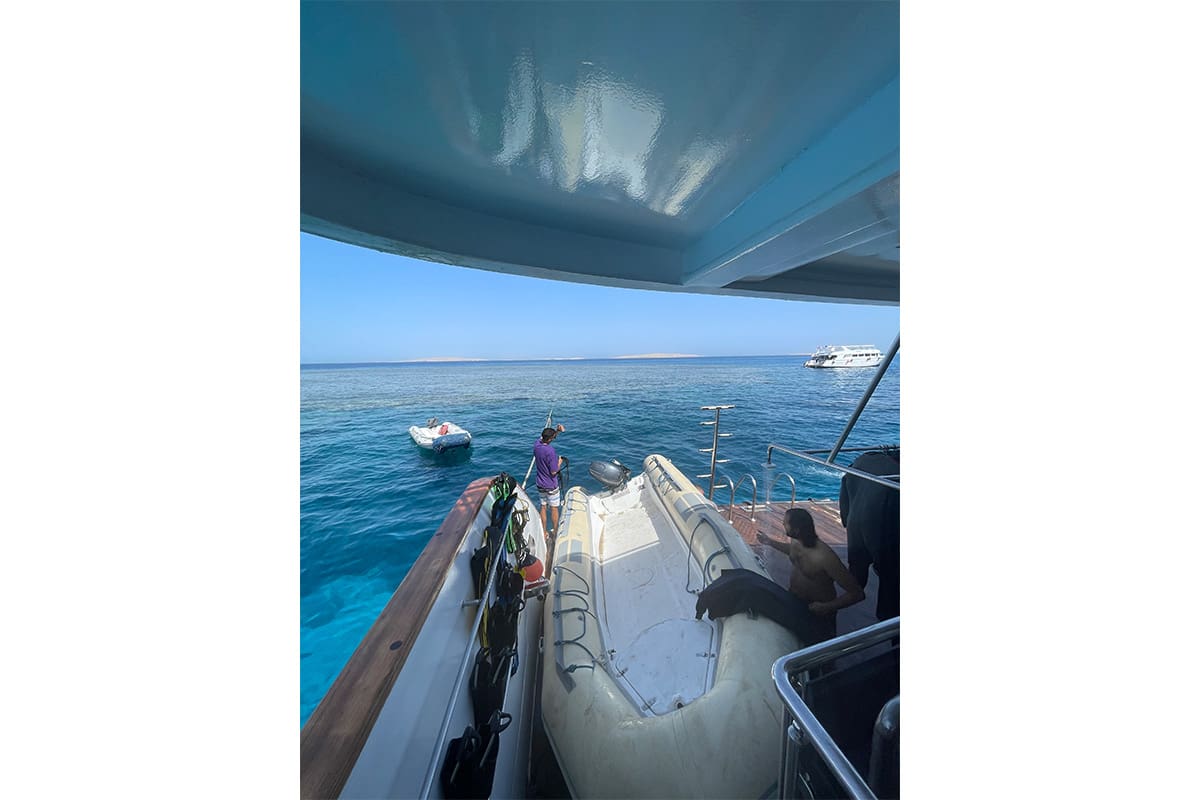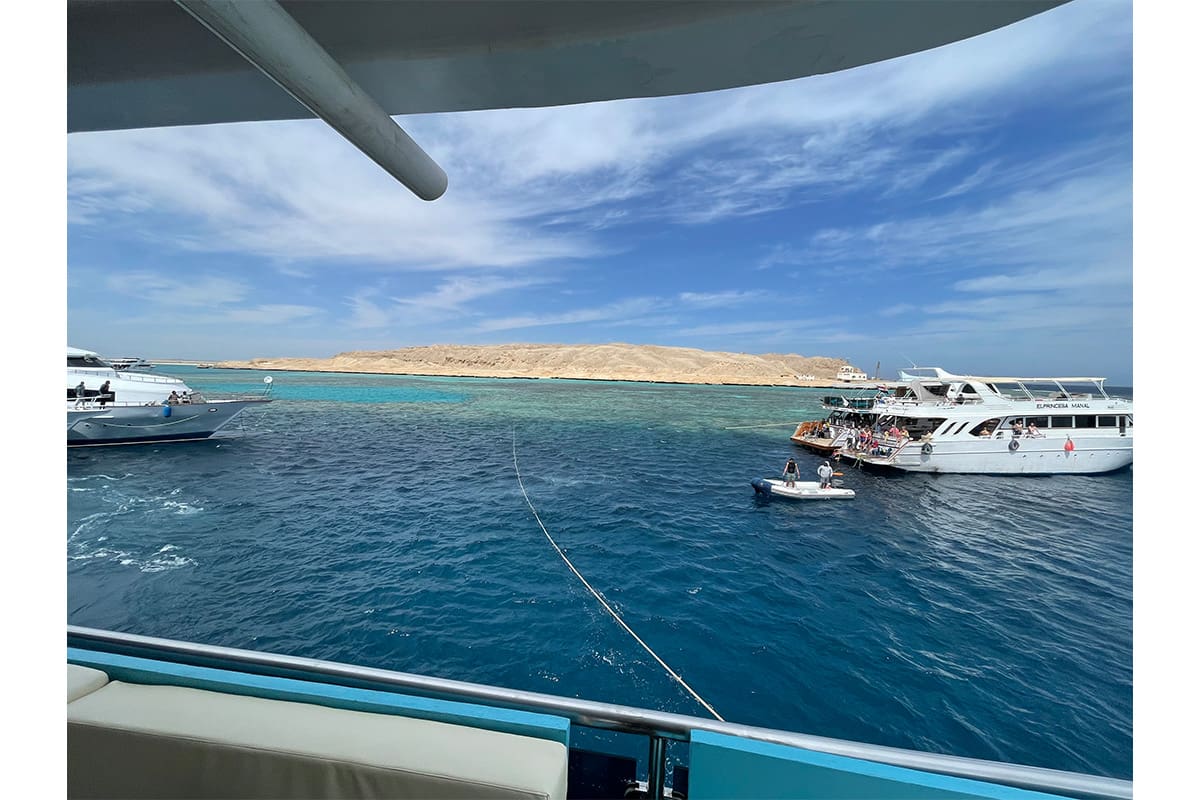Explore Remote Dive Sites with Our Liveaboards
The Red Sea is considered one of the world’s top dive destinations. With over 1,000 species of fish, vibrant soft corals, unique topographies, world-class wreck diving and sharks, the Red Sea is at the top of most divers’ bucket lists. Divers joining a liveaboard in Egypt can experience the SS Thistlegorm, one of the most famous wreck dives in the world. Trips to Brothers Islands, Daedalus and Elphinstone reefs produce close encounters with a variety of sharks including oceanic whitetips, grey reef and hammerhead sharks. Tiran and Ras Mohamed National Park, in the Northern Red Sea, is where you will find Shark Reef and Yolanda Reef, which are teeming with fish life, covered with coral and home to its namesake wreckage Yolanda.
Red Sea Diving
The Red Sea is one of the world’s top dive destinations. Vibrantly colored reefs, world-class wrecks and an excellent variety of dive sites attract divers from around the globe to this underwater paradise. With reefs, wrecks, dolphins, sharks, Spanish dancers and giant clams, the Red Sea offers unique diving experiences to those who make the journey.
From one of the world’s most famous wreck dive sites, the SS Thistlegorm, to close encounters with numerous shark species, including oceanic whitetips, Red Sea divers can see the best of the best without blowing budgets. In the north, divers flock to areas including Ras Mohammed National Park, Abu Nuhas, Safaga, Gubal Island, Sharm el Sheikh and plenty more. Further south, popular stops include the Brothers Islands, Daedalus, Elphinstone, Rocky Island and Zabargad. Of course, the optimum way to visit these scattered dive sites is by liveaboard.
Red Sea Diving Highlights: Sheikh to Rocky Island and Everything in Between.
These itineraries are typically categorized into Northern or Southern Red Sea and are relative to their location along the Egyptian coast. Southern itineraries are known for shark diving at pinnacle reefs, while northern itineraries highlight wreck diving, although the northern reefs are also phenomenal.
The star of the show is in the Central Red Sea. The Brothers, Daedalus and Elphinstone itinerary (often referred to as BDE) attracts thousands of divers to its healthy reefs each year, hoping to come face-to-face with oceanic whitetip sharks.
Red Sea Shark Diving
Shark encounters are a major attraction to the Red Sea. Oceanic whitetips are usually first to be mentioned, but numerous species are frequently spotted, including hammerheads, threshers and gray reef sharks.
Southern itinerary destinations like Elphinstone, Daedalus, the Brothers Islands and the deep south region around the St. John’s Plateau area are the most popular Red Sea shark diving locations. October and November are prime times for spotting oceanic whitetip sharks, but May and June also offer the unique possibility of seeing schooling hammerheads in the deep south.
To support the popularity of shark diving in the Red Sea, All Star Scuba Scene runs Shark Weeks throughout peak season. During these trips, dives sites are chosen to give passengers the best chances for shark encounters. Dr. Elke Bojanowski (founder of the Red Sea Sharks Trust) offers presentations on shark conservation, behavior, research and insights throughout the week. Divers with cameras can assist Dr. Bojanowski’s research through photographic identification during dives.


